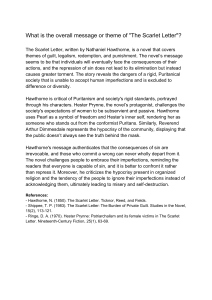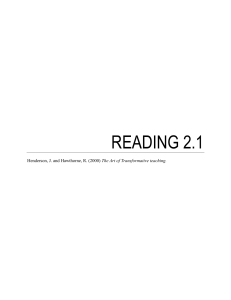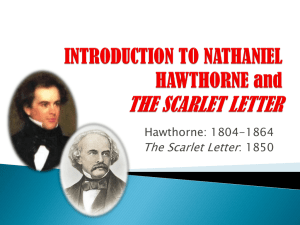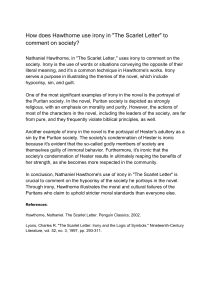How does Hawthorne use characterization to convey the hypocrisy and flaws of Puritan society in The Scarlet Letter
advertisement
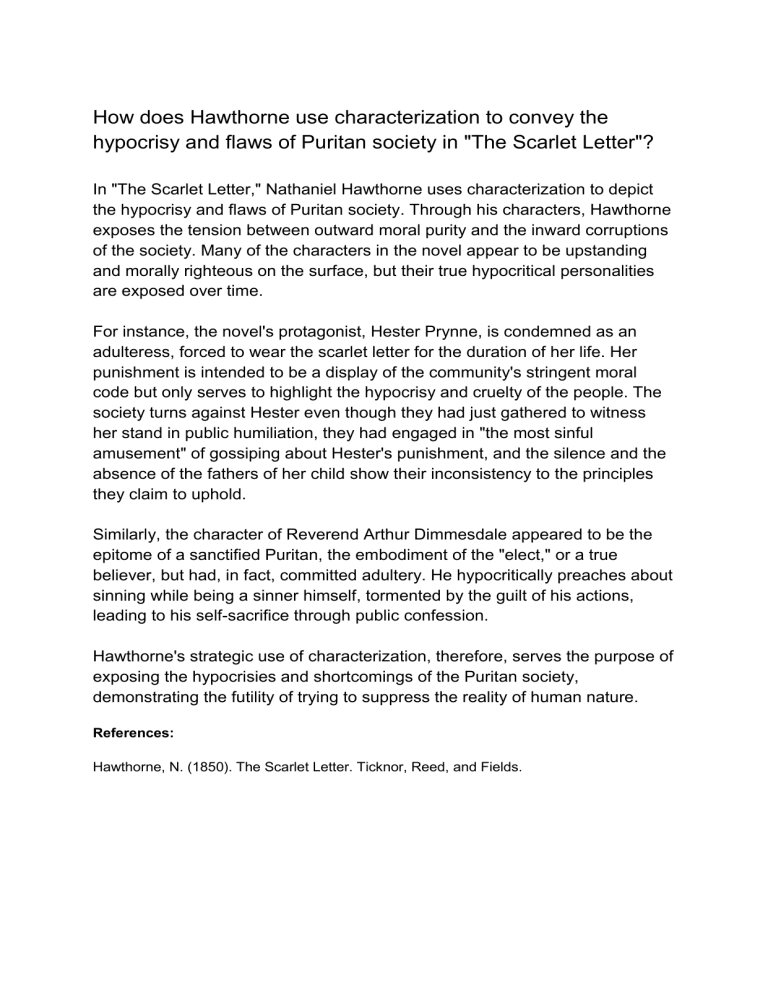
How does Hawthorne use characterization to convey the hypocrisy and flaws of Puritan society in "The Scarlet Letter"? In "The Scarlet Letter," Nathaniel Hawthorne uses characterization to depict the hypocrisy and flaws of Puritan society. Through his characters, Hawthorne exposes the tension between outward moral purity and the inward corruptions of the society. Many of the characters in the novel appear to be upstanding and morally righteous on the surface, but their true hypocritical personalities are exposed over time. For instance, the novel's protagonist, Hester Prynne, is condemned as an adulteress, forced to wear the scarlet letter for the duration of her life. Her punishment is intended to be a display of the community's stringent moral code but only serves to highlight the hypocrisy and cruelty of the people. The society turns against Hester even though they had just gathered to witness her stand in public humiliation, they had engaged in "the most sinful amusement" of gossiping about Hester's punishment, and the silence and the absence of the fathers of her child show their inconsistency to the principles they claim to uphold. Similarly, the character of Reverend Arthur Dimmesdale appeared to be the epitome of a sanctified Puritan, the embodiment of the "elect," or a true believer, but had, in fact, committed adultery. He hypocritically preaches about sinning while being a sinner himself, tormented by the guilt of his actions, leading to his self-sacrifice through public confession. Hawthorne's strategic use of characterization, therefore, serves the purpose of exposing the hypocrisies and shortcomings of the Puritan society, demonstrating the futility of trying to suppress the reality of human nature. References: Hawthorne, N. (1850). The Scarlet Letter. Ticknor, Reed, and Fields.



